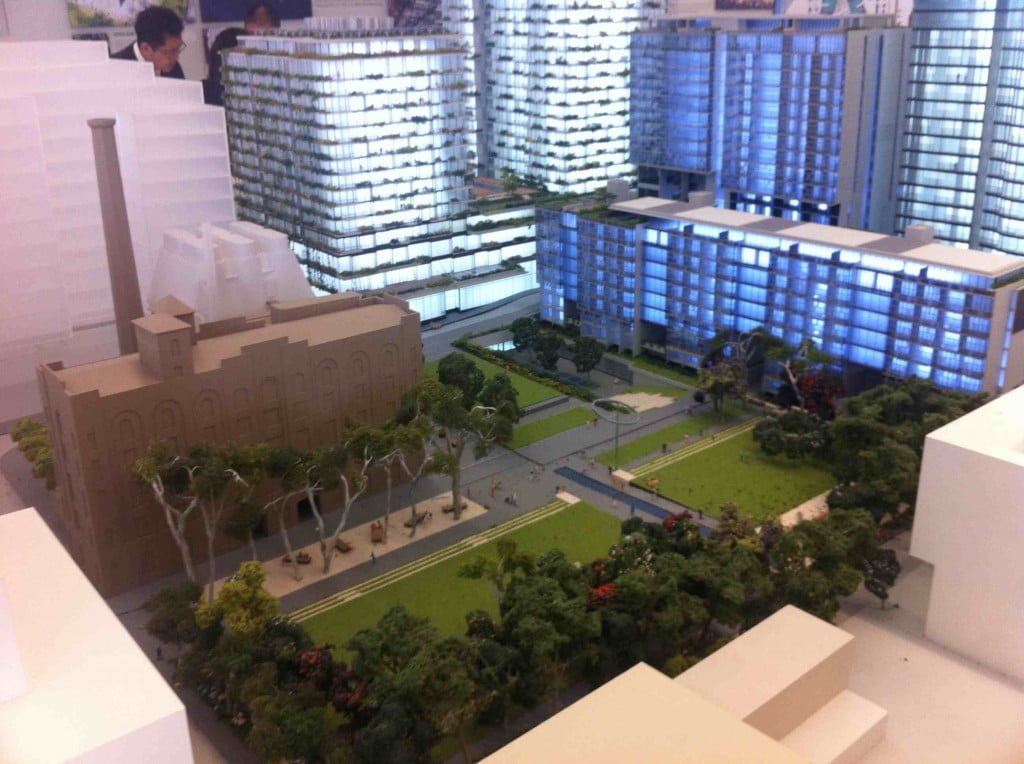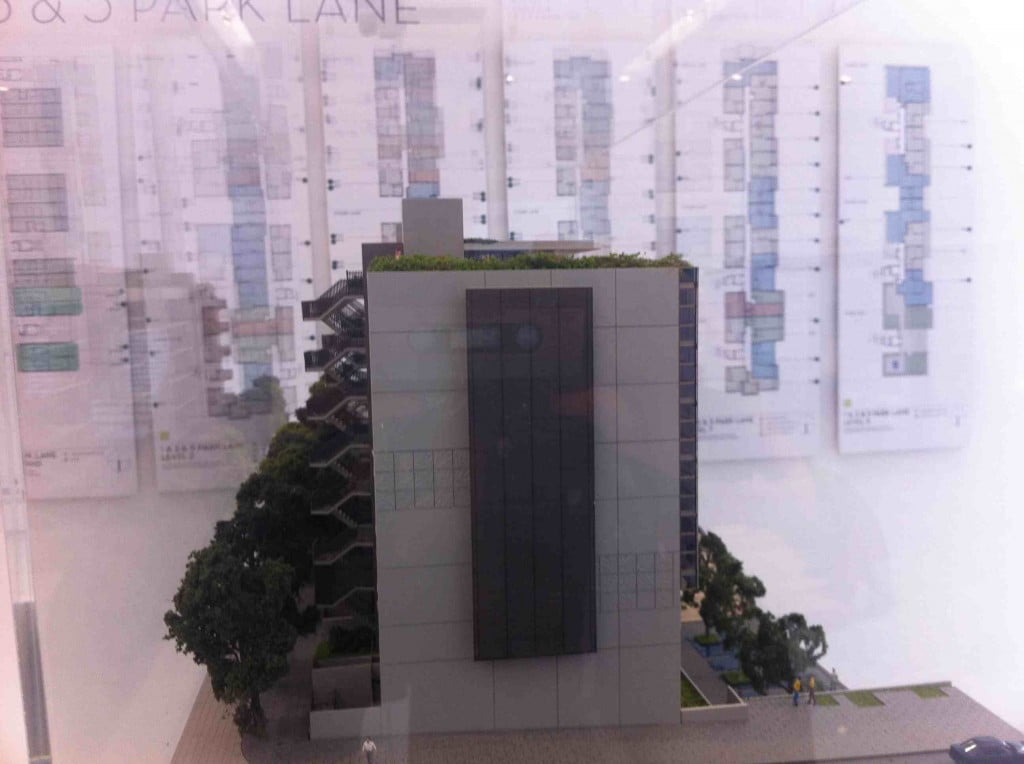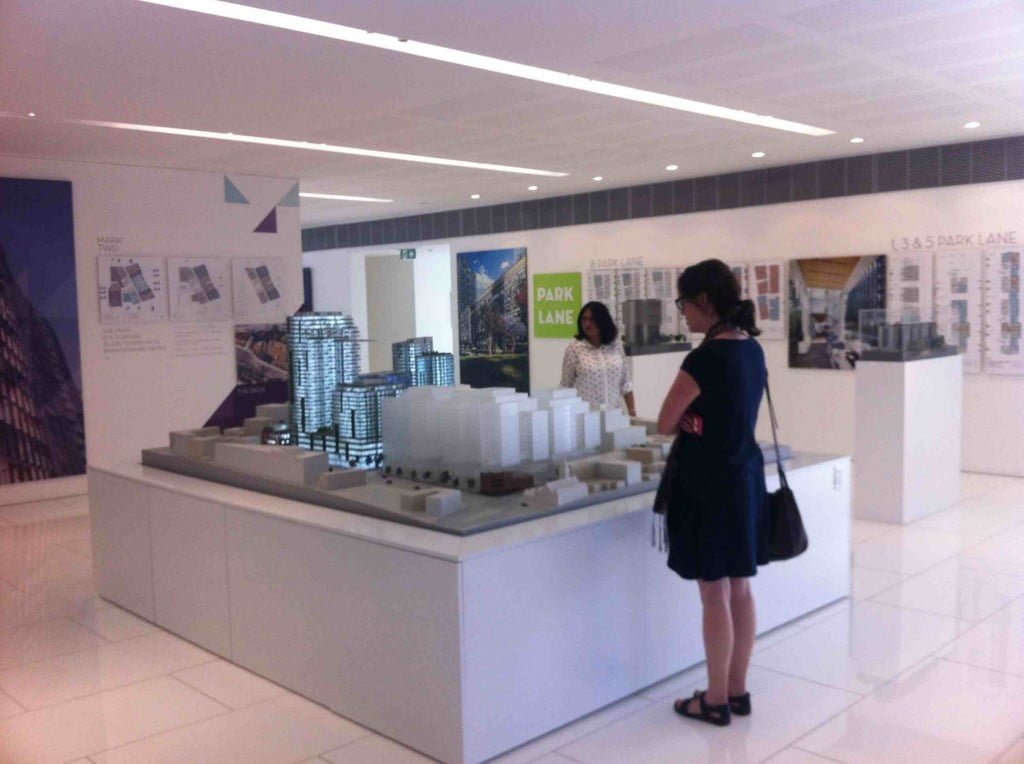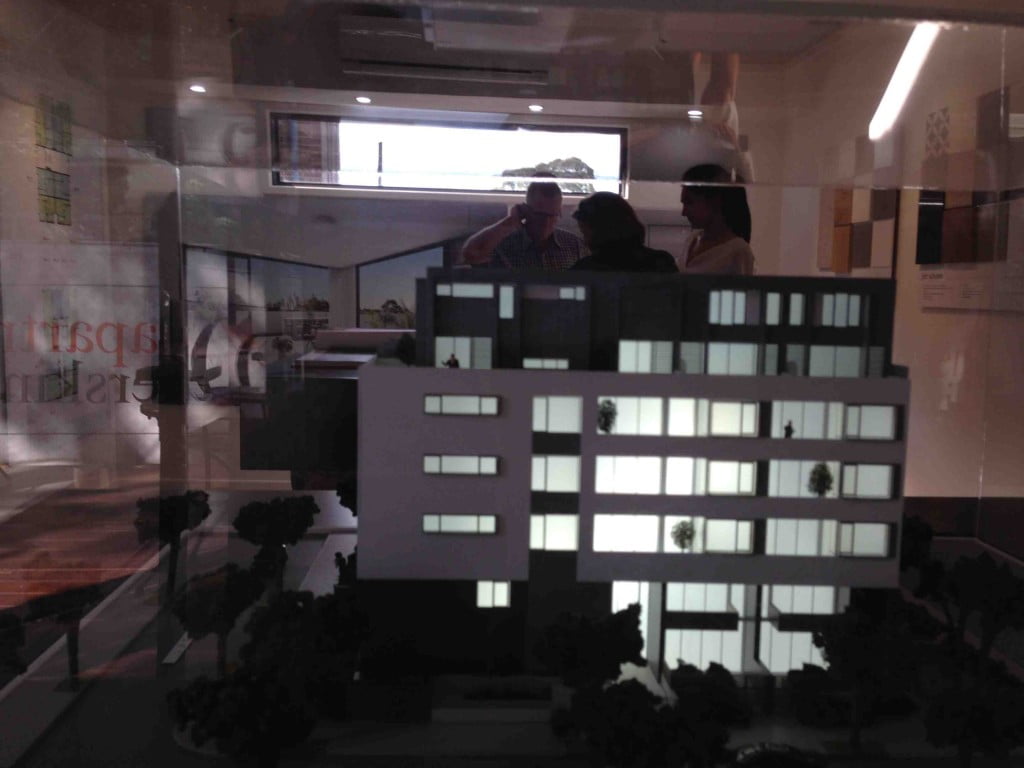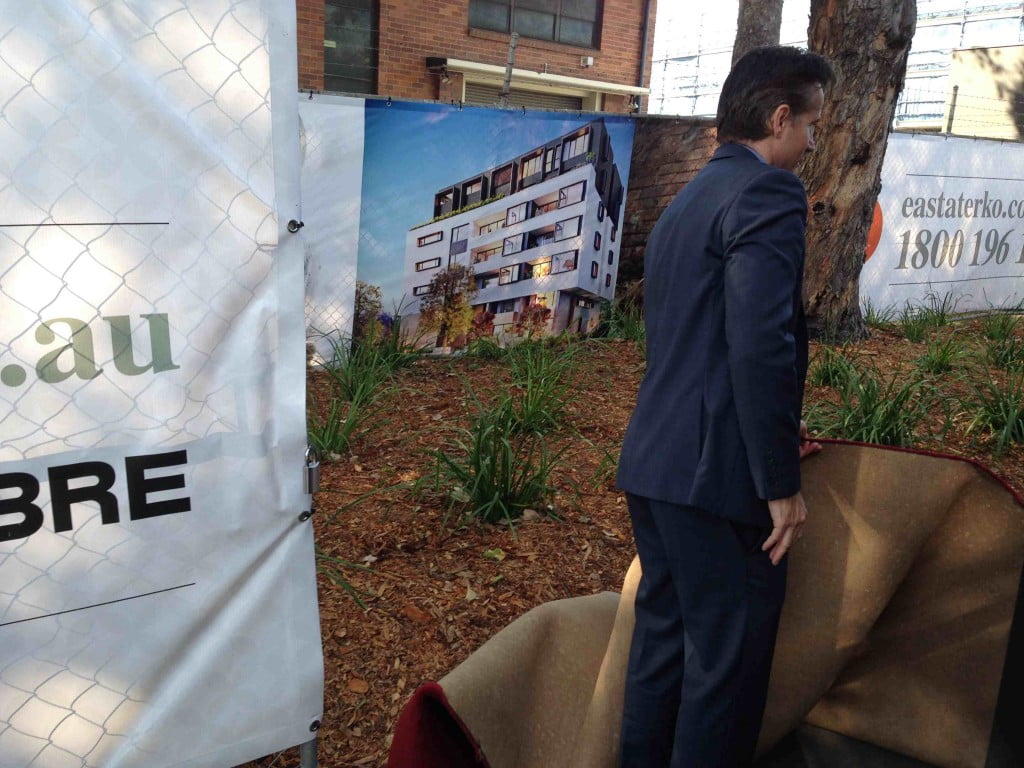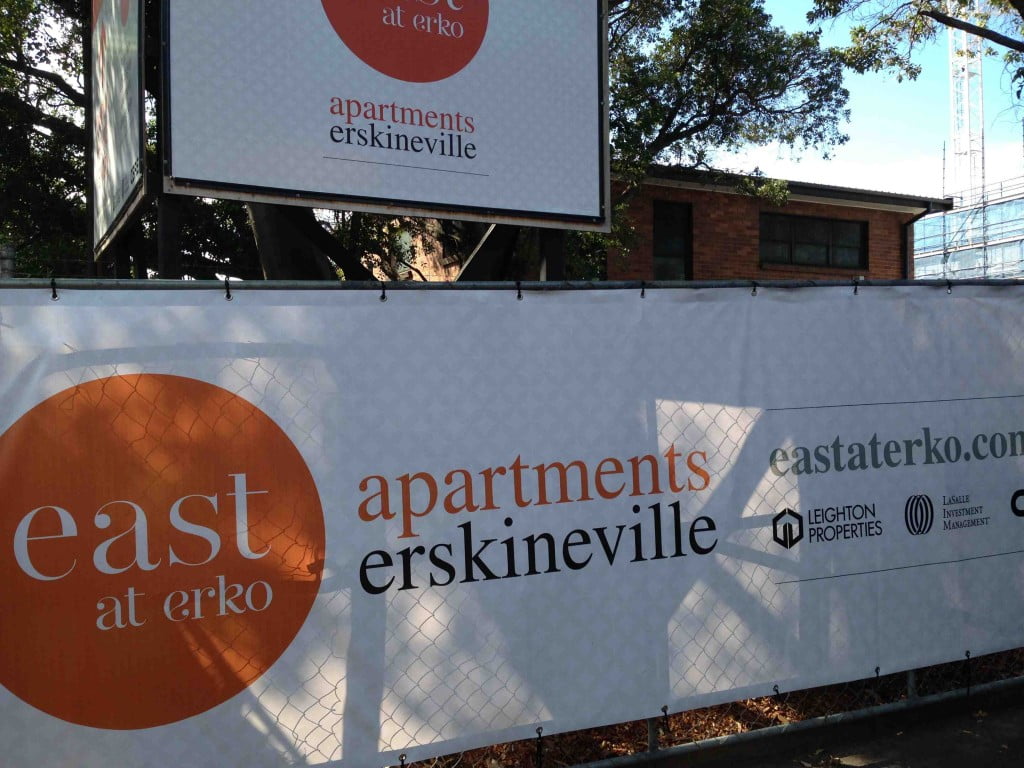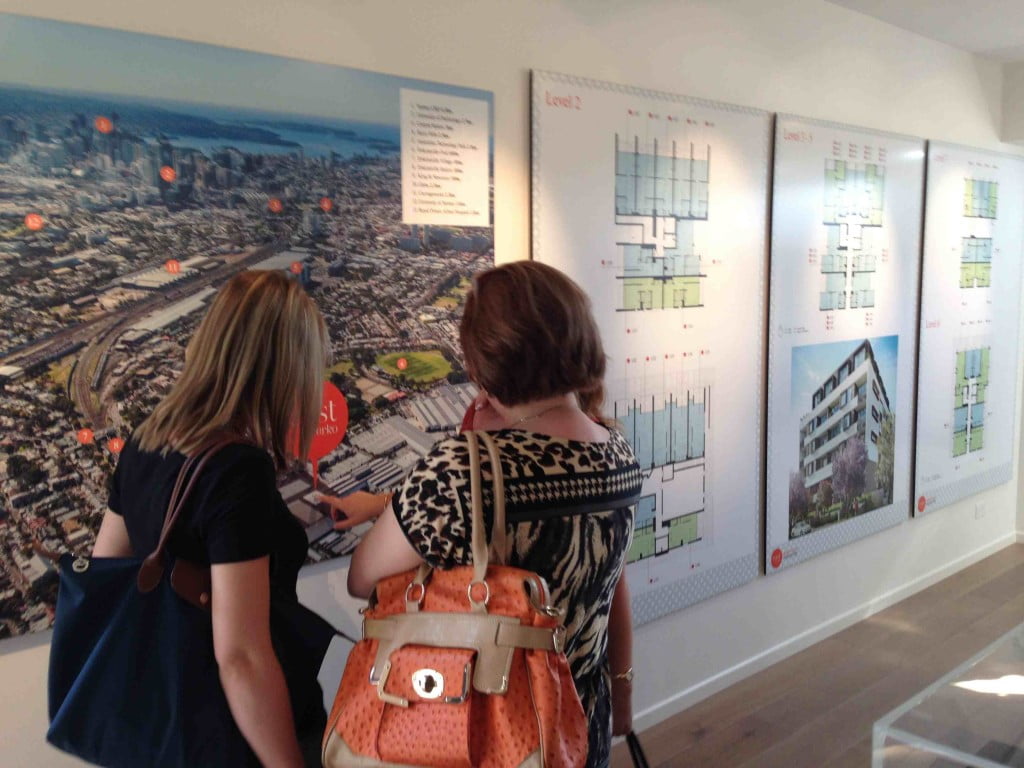As my family fell apart so did our housing. At the time, my mother had worked for 23-years as a full-time nurse barely pausing to squeeze out six kids. My father was a failed major in chemical engineering (and a failed minor in parenting). When he wasn’t thinking of ways to save people from their sins and recruit them to the House of God, he was a psychiatric nurse on Peat Island, a fairly sinister hospital for incarcerating severely disabled people. It was the 80s, and on the colonised and newly subdivided land of the indigenous Darkinyung, my average family built their Average Aussie Dream Home.
In the intervening years, and against all odds, my childish determined self emerged as a confident loudmouthed teenager. By then, our small brick veneer home had evolved into an awkward mongrel, having accrued several extensions to cater for the growing band of six children and their sibling rivalry. With the possibility of my grandmother joining our dysfunctional family unit, my parents pondered the idea of moving to a brand new home.
Thus began my infatuation with interior decorating magazines. Inspired by multiple trips to display home villages, my desire for a brand new shiny house veered in an unusually excited direction. In the dry Sclerophyll forests that were cleared to make way for Australia’s expanding middle class girth, I re-imagined myself sunbathing beside an in-ground pool with waterfall features surrounded by pebble-crete and the latest wooden outdoor furniture set under a Bali inspired pergola replete with a trellis of flowering jasmine.
Those were the salad days of my teenage years. I imagined the prefabricated interior-decorated ready-made homes built on super phosphate lawns as the quintessential “happy family”. And I wanted it so bad. When I turned 15, I dedicated my year ten major art work to designing a series of dream homes, all of which I branded and named as you would a getaway destination. Among the least imaginative and most favourite of the themed houses was “Rustic Country Charm”. In my deepest pastoral moments of longing I had discovered the stressed wood look; and I applied it liberally, across chairs, walls and floors. Until I discovered sponging. Then I wanted to sponge every paintable surface. The modern look I dedicated to minimalism and spareness. I also loved the Mediterranean look—perfectly expressed by painting everything white, particularly the cane furniture, then lightly sprinkling the bathroom with shells and pieces of dead coral and fish-shaped soap (that you made yourself).
No sooner had my passion for housing peaked, a series of financial heartbreaks followed and the bank repossessed our family home. We were thrown into an ugly Fibro rental, and my father (God love him) spent our remaining money on a pilgrimage to the former Yugoslavia where he had been closely following the apparitions of the Virgin Mary. I fled to Sydney, to friends’ couches, horrified by the shame of becoming homeless in my hometown, and commenced a life of constant movement. Last year I moved into my 47th “home”.
The dwelt and the dwelling
Home as a fixed entity or anchor point is always bound up with the pull of its opposite: movement and mobility. The grounded-ness that a dwelling gives expression to implies the distance and separation that the longing for a home makes possible; much like an umbilical cord that traces its origin back to the womb, the original “home”. To dwell in a place or a thought is to radiate outwards; as both a verb and a noun it creates ripples and waves, as its impact as a thing and as an action, it is felt through the surrounding landscape.
In more recent times the imagination of home and lifestyle has been exploited by finance capitalism to mean investment property, as the market performance of housing assumes an irreverent extension of the person. We are what we invest, and the ultimate property is the one with which you speculate your future value. The display home in this context provides the perfect lens to explore the personality traits of the housing market, in particular the ways in which the consumption and production of subjectivity are inextricably linked to the neoliberal regime of a spatialised accumulation of capital. As geographer David Harvey notes in the “Spaces of Hope”, Capitalism has always been a geographical affair but in its recent manifestation:
“It constructs a distinctive geographical landscape, a produced space of transport and communications, of infrastructures and territorial organisations, that facilitates capital accumulation during one phase of its history only to have to be torn down and reconfigured to make way for further accumulation at a later stage” (54)
I am interested here to explore the relationship between the affective domain of capital and its spatialised realisation. In particular I am interested in the ways the property market mobilises certain affects and the interplay of our ‘selves’. The attached or embedded subjectivities that enable the accumulation of capital in property are allied with a certain expression of your ‘self’ or the imagined speculative self. In the inner city areas of urban centres globally the appeal of the area is imbricated with its proximity to culture and the consumption of place. Italian Philosopher Matteo Pasquinelli describes it thus, referring to David Harvey and to the gentrified areas of Barcelona and Berlin:
The notion of collective symbolic capital is crucial to reveal the intimate link between cultural production and real estate economy. The collective symbolic capital is accumulated in different ways. In a traditional way, it is the historical and social memory of a given locale (the case of Barcelona covered by Harvey). In an modern way, it can be produced exploiting urban subcultures and the art world (describing the rise of the loft culture in the New York of the ‘80s, Sharon Zukin defined a specific artistic mode of production oriented to making neighbourhoods more attractive for business).23 Or, in a more artificial way, it can be generated by the PR campaigns of city councils eager to join the club of the creative cities (according to the strategies of Richard Florida). Already 1984 Rosalyn Deutsche and Cara Ryan explained similar techniques in their classic article “The Fine Art of Gentrification”.24 (Pasquinelli:4)
In various ways, the ‘display home’ appeals to a placated and suspiciously relaxed suburban imaginary. The housing estate personifies the first home buyer, the young family, the recently married couple, the middle income bracket. This imaginary has also crept into the exhibitions of inner city lifestyle apartments, commensurate with the global acceleration of gentrification in previously working class areas. The appeal for sanctuary and a private dwelling space to hold power and dominion is a key trope in the exercise of spatial narratives of real estate. The package of proximity to culture and consumption is prominent in the marketing copy of this Sydney city development:
Explore our luxurious apartment’s vicinity and in a few minutes you will be immersed in the best of Sydney’s chic shopping amid the Queen Victoria Building, major department stores, international fashion boutiques and Pitt Street Mall. Whether you prefer gourmet or casual dining, there is a choice of restaurants within a ten-minute walk towards Darling Harbour, Cockle Bay, Chinatown, and the Spanish Quarter. The entertainment hub of George Street and the celebrated Capitol Theatre are literally right around the corner. (Frasers’ Hospitality)
The display home presents itself as an experiential package. In its seduction of the potential home-buyer, it creates a narrative that appeals to the relaxed leisure lifestyle that comes as a reward for hard work, a reward for prudent financial planning, and as an aspirational marker of who you are and by extension what you will be in the future. It is a space impregnated with emotion and your relations with the world as a performance of your subjectivity. This includes the evocation of other cosmopolitan urban centres through estate naming to replicate a similar geographic expression of the kind of person you aspire to be, in this case a New Yorker:
Tribeca is Waterloo’s new urban sanctuary, the latest in Inner City living. Tribeca is perfectly positioned just 3km from the CBD and only 5 minutes walk to Green Square Station – you’re in the heart of Waterloo’s precinct buzz. (Real Estate)
The display home and exhibition home shares obvious traits with the aesthetic object and event of the gallery exhibition. As desirable objects they are presented in a fetishised detached way – experience and lifestyle in commodified form. As you walk into the spatial reincarnation of your future, the white walled enclosure barely makes a sound save for the earnest gestures of the property salesperson rapidly detecting your body for the movements of a potential investor. You are shopping for lifestyle and your emplacement within this bricolage of desire and surface is a considered determination. Try it for yourself: take a fake husband and a well dressed toddler, and sweep through the exhibition commenting out loud on the various features whilst frowning occasionally, as if about to erupt into a dispute as the subtext to an unsatisfactory sex life. This new modular open plan kitchen design will make up for it, you think.
The subjectivities of real estate are constructed within a collective desire to belong whilst being predicated on a notion of the individual as exceptional and singularly confident. Everywhere there is paradox and friction. This tension in the subject is made explicit through speculative housing, as it is bound up in risk and the unknown. Desperate to ‘securitize’ itself, it places bets on a groundless mythology of an infinitely expanding economy of perpetual growth. And like a crack addict it speculates fantastically on a future that it works to steadfastly destroy.
In the Australia still haunted by the spectre of ongoing colonisation the future as bound up with its past generates a special meaning. The uncertainty is tied back to the uneasy feeling that this land is not owned, and never can be. The myth of Terra Nullius has ensured a kind of “no-mans land” where our acknowledgement of the past keeps us in a constant inertia of an amnesic recollection – forever bound to relate the same stories in a reluctant coercive manner that no one really believes.
We are not of this land. We came to this land, and the land is unforgiving. And we are possessed.
Possession has such a mean sounding nastiness clang to it – like man and wife or shackled, or driven-off-your-land. But what does it mean to be dispossessed? To have our things taken from us, to be stripped of ownership, to have homes taken back, implies that it was never really ours in the first place. Our attachment to the land performs a paradox which goes back to the dreaming: We don’t ‘own’ the land—the land owns us. (Benterrak, et al)
In my dreaming of family and home, I imagine the earth becoming subsumed by a catastrophic becoming that will place us in an infinite universe. Far beyond the cul-de-sac of love.
Photos + Text by Rebecca Conroy.
References
Banesh, David, and Anthony Enns. “Introduction: Suburbia.” Iowa Journal of Cultural Studies 3.Fall (2003): 1–7. Print.
Benterrak, Krim, Stephen Muecke, and Paddy Roe. Reading the Country: Introduction to Nomadology. Fremantle, WA: Fremantle Arts Press, 1984. Print.
Blomley, Nicholas K. Unsettling the City: Urban Land and the Politics of Property. New York: Routledge, 2004. Print.
Brenner, Neil. Spaces of Neoliberalism : Urban Restructuring in North America and Western Europe. Malden Mass.; Oxford: Blackwell, 2002. Print.
Frasers Hospitality. “Welcome to Frasers’ Suites.” Frasers. N.p., n.d. Web. 25 Aug. 2014.
Gurran, Nicole, and Peter Phibbs. “Housing Supply and Urban Planning Reform: The Recent Australian Experience, 2003-2012.” International Journal of Housing Policy 13.4 (2013): 381–407. Web. 29 Apr. 2014.
Harvey, David. Spaces of Hope. Berkeley: University of California Press, 2000. Print.
Lefebvre, Henri. Production of Space. Trans. Donald Nicolson-Smith. Oxford: Blackwell, 1991. Print.
—. Writings on Cities. Trans. Eleonore Kofman and Elizabeth Lebas. Oxford: Blackwell Publishers, 1996. Print.
Pasquinelli, Matteo. “Beyond the Ruins of the Creative City: Berlin’s Factory of Culture and the Sabotage of Rent.” Pankov Research. N.p., 16 Mar. 2010. Web. 25 Aug. 2014.
Realestate.com. “Tribeca the New Waterloo.” Real Estate. N.p., n.d. Web.

